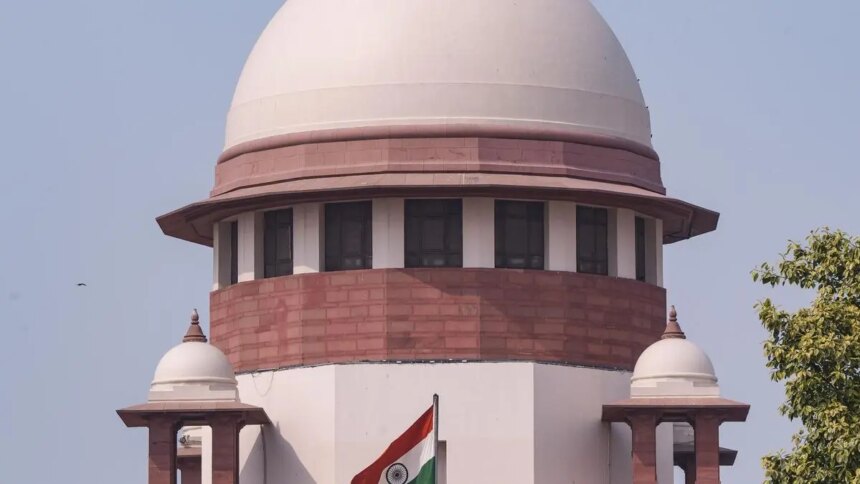
The Supreme Court verdict has raised a few questions
| Photo Credit:
Manvender Vashist Lav
Periodic friction between the three arms of governance — Executive, Legislature and Judiciary — has been a feature of democracies for hundreds of years. So the current grinding of plates between them in India isn’t surprising. What is surprising, however, is the lack of restraint and discretion on the part of each of the participants.
To start with, the Governor of Tamil Nadu, RN Ravi, held up as many as 10 Bills passed by the legislature. Justice JB Pardiwala and R Mahadevan of the Supreme Court observed in their ruling earlier this month that the Governor, under Article 200, is not empowered to hold up Bills for such long periods. The judges also observed that the Governor should send Bills to the President only in cases where democratic principles are under threat. The prerogatives of both the Governor and President have come under scrutiny in the past, as in 1987 when President Zail Singh refused to send back the Postal Bill. As far as the Governor’s actions are concerned, it was an unrestrained exercise of a power meant for very special cases.
In this case, the State government went to the Supreme Court, which strongly criticised the Governor. The apex court, however, appears to have overstepped its authority by directing the President to clear such Bills within three months. The debate now is whether it has the power to do so. At the very least, it need not have set a time limit. That could lead up to an amendment to the Constitution which only Parliament can make. The Supreme Court also invoked its power under Article 142 of the Constitution which allows it to enforce its orders. In response, the Vice-President, whose office imposes on the incumbent a duty of silence or at least discretion in Constitutional matters, weighed in with a strongly worded criticism of the Court. In short, everyone in the constitutional firmament is quarrelling with everyone else in what can only be termed as a most unedifying spectacle.
Conflicts of this sort are inherent in a democracy but they can and must be settled quietly without public fuss. Even if the original mistake was the Tamil Nadu Governor’s, the others could have conducted themselves with circumspection. In the past, when the Indira Gandhi government came into persistent conflict with established practice, especially in matters concerning fundamental rights of the States, the differences were settled quietly with the Home Ministry playing a key intermediary role. Rarely did such matters came up for judicial intervention. But in the last three decades this style has been replaced by needless confrontation and litigation. In consequence, like the Governors, the Supreme Court is also now playing a role that was not envisaged for it by the Constitution. As to the legislatures, they have tended to become boxing or wrestling rings. The executive has been pursuing ideological goals that have exacerbated the frictions. The three arms of the State need to set a better example of themselves in order to restore public faith in them.
Published on April 20, 2025










